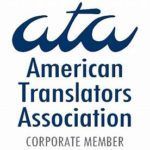 íslenska
is
íslenska
is
 Tiếng Việt
vi
Tiếng Việt
vi
 română
ro
română
ro
 русский
ru
русский
ru
 עברית
he
עברית
he
 Ελληνικά
el
Ελληνικά
el
 ไทย
th
ไทย
th
 català
ca
català
ca
 हिन्दी
hi
हिन्दी
hi
 magyar
hu
magyar
hu
 čeština
cs
čeština
cs
 português
pt
português
pt
 Basque
eu
Basque
eu
 Nederlands
nl
Nederlands
nl
 日本語
ja
日本語
ja
 Français
fr
Français
fr
 Українська
uk
Українська
uk
 Deutsch
de
Deutsch
de
 Cymraeg
cy
Cymraeg
cy
 norsk
nb
norsk
nb
 العربية
ar
العربية
ar
 Dansk
da
Dansk
da
 简体中文
zh
简体中文
zh
 한국어
ko
한국어
ko
 Kiswahili
sw
Kiswahili
sw
 polski
pl
polski
pl
 English
en
English
en
 lietuvių
lt
lietuvių
lt
 shqip
sq
shqip
sq
 தமிழ்
ta
தமிழ்
ta
 Türkçe
tr
Türkçe
tr
 Afrikaans
af
Afrikaans
af
 ភាសាខ្មែរ
km
ភាសាខ្មែរ
km
 Svenska
sv
Svenska
sv
 Español
es
Español
es
 ਪੰਜਾਬੀ
pa
ਪੰਜਾਬੀ
pa
 Italiano
it
Italiano
it
 Suomi
fi
Suomi
fi
 íslenska
is
íslenska
is
 Tiếng Việt
vi
Tiếng Việt
vi
 română
ro
română
ro
 русский
ru
русский
ru
 עברית
he
עברית
he
 Ελληνικά
el
Ελληνικά
el
 ไทย
th
ไทย
th
 català
ca
català
ca
 हिन्दी
hi
हिन्दी
hi
 magyar
hu
magyar
hu
 čeština
cs
čeština
cs
 português
pt
português
pt
 Basque
eu
Basque
eu
 Nederlands
nl
Nederlands
nl
 日本語
ja
日本語
ja
 Français
fr
Français
fr
 Українська
uk
Українська
uk
 Deutsch
de
Deutsch
de
 Cymraeg
cy
Cymraeg
cy
 norsk
nb
norsk
nb
 العربية
ar
العربية
ar
 Dansk
da
Dansk
da
 简体中文
zh
简体中文
zh
 한국어
ko
한국어
ko
 Kiswahili
sw
Kiswahili
sw
 polski
pl
polski
pl
 English
en
English
en
 lietuvių
lt
lietuvių
lt
 shqip
sq
shqip
sq
 தமிழ்
ta
தமிழ்
ta
 Türkçe
tr
Türkçe
tr
 Afrikaans
af
Afrikaans
af
 ភាសាខ្មែរ
km
ភាសាខ្មែរ
km
 Svenska
sv
Svenska
sv
 Español
es
Español
es
 ਪੰਜਾਬੀ
pa
ਪੰਜਾਬੀ
pa
 Italiano
it
Italiano
it
 Suomi
fi
Suomi
fi
Multilingual Desktop Publishing (DTP) Tips
Multilingual Desktop Publishing (DTP) Tips
By Michael Kooiman
Production Manager
Following are a few things to consider before having your materials and translated produced in other languages. Please feel free to let us know if you have any questions by emailing us at translate@intransol.com.
Graphic Elements: If the images in your materials are intended for an American audience, they may not transfer well to people in other countries. Some images may need to be adapted to be more appealing and acceptable to your target audience. We always evaluate the graphic elements as part of our localization and multilingual desktop publishing process and provide suggestions and recommendations to ensure that your content will resonate with your global customers.
Regulatory Requirements: What information is required on labeling and packaging information to satisfy regulatory requirements? We can take care of this for you to make sure your materials are regulatory-ready.
Printing: Have you determined the most cost-effective way to print your materials once localized? We’re happy to make some recommendations.
Final Copy: Is the English text in your material completely finalized to avoid costs for updates, changes and revisions later? If updates are needed after the translation is completed, we can easily track changes to make the updates easily and inexpensively.
Assets: Do your electronic art files include all of the necessary assets such as graphic elements (links) and special fonts? Once we receive the art files, we will make certain that there are no missing links or fonts and will let you know if there are.
Non-Roman Languages: Layout changes that may be needed for Non-Roman languages such as Chinese, Japanese or Korean, or right-to-left reading languages such as Arabic, Farsi or Hebrew. If you need you materials produced in those languages, not to worry! We will show you the most cost-effective ways to adapt existing layouts.
Spic-n-Span? Is your electronic file cleanly formatted? Most translations expand from 110-125% of the English copy. Does the existing English-language layout have space for the translated text to expand?
Recycle Your Colors. If you’re having pieces professionally printed, do you need to reproduce all the colors in your translated document? For example, if your 4-color project contains mostly overprinting black text, you may be able to reuse the old cyan, magenta and yellow plates again, changing only the black. By restricting the colors of those elements that change, you can save on printing costs. We can advise you on the best way to maintain quality, yet reduce these costs.
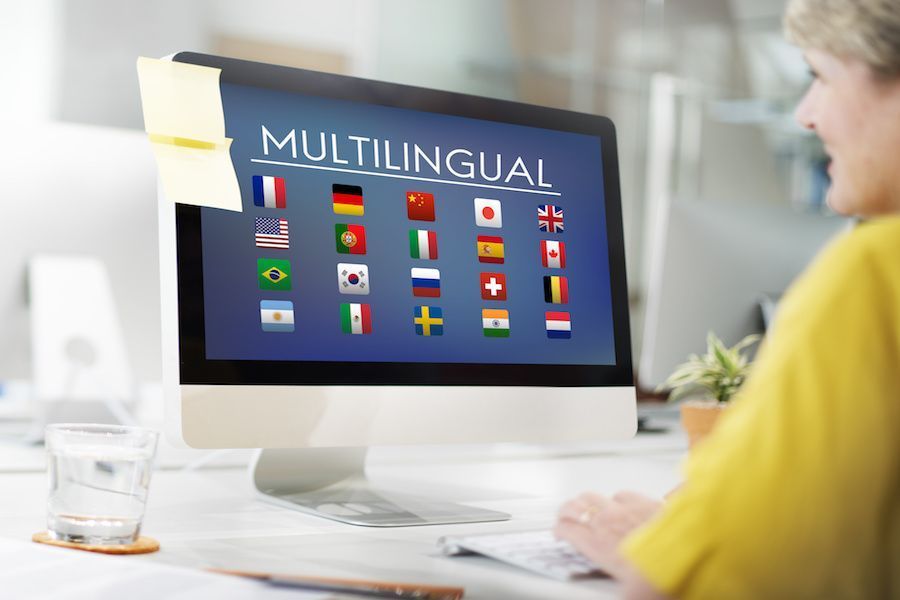
A4 or Letter? The standard size of most international publications is A4, a slightly longer and thinner format (210 mm x 297 mm) than our 8.5 x 11 (letter) size. Does your in-country contact recommend printing in A4? Will the layout of your letter-sized documents easily convert to A4? If your 8.5 x 11 layout is photocopied or reproduced abroad, the different size may change its look and feel.
Whatever your localization and production needs, our seasoned project managers and experienced multilingual production teams will make the process completely easy and hassle-free. We’ll see to every last detail so that your materials are professionally produced to get the professional results they deserve from Indiana to India, Mount Vernon to Montevideo, Ashtabula to Azerbaijan, and all points in between.
The post Multilingual Desktop Publishing (DTP) Tips appeared first on intransol.



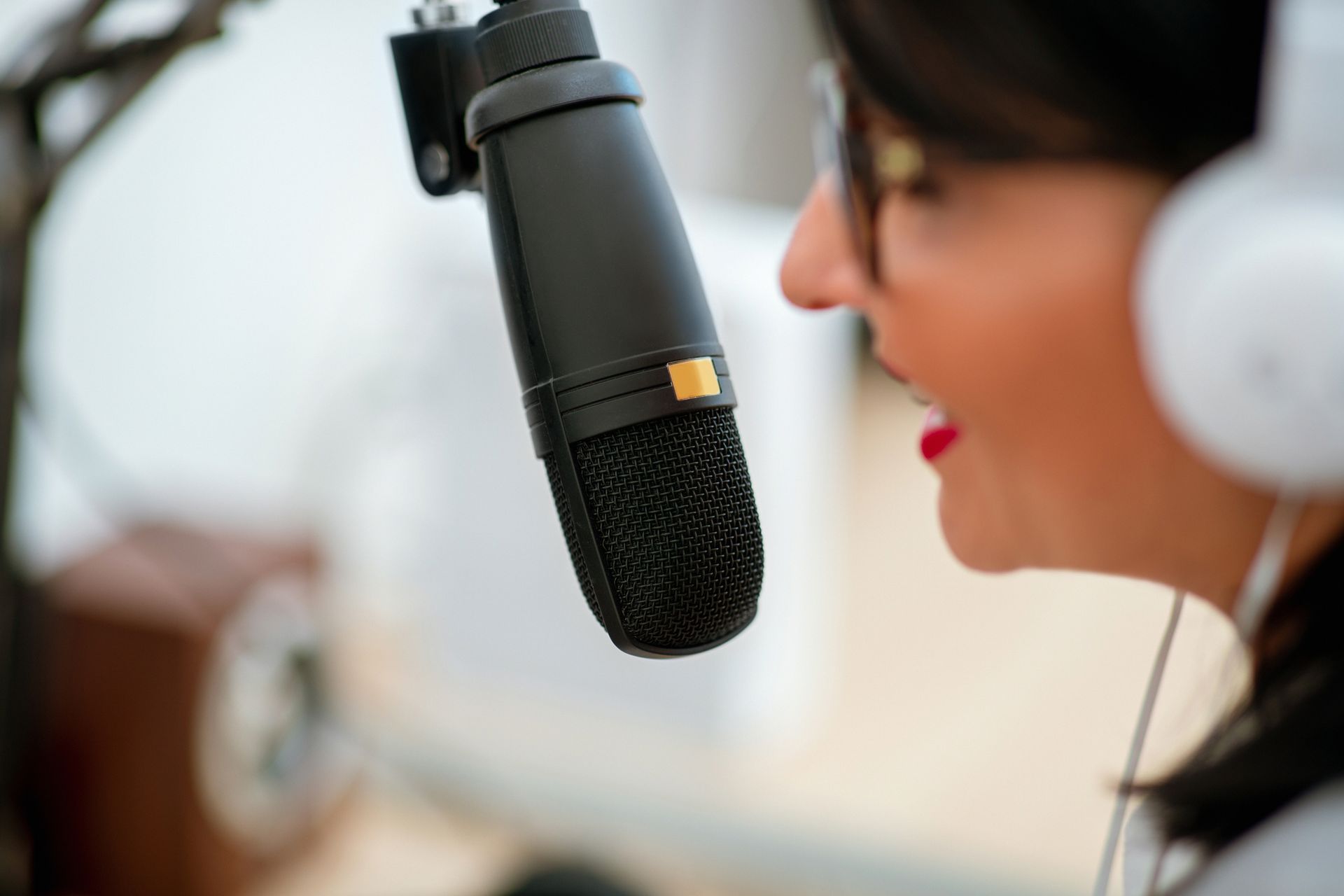

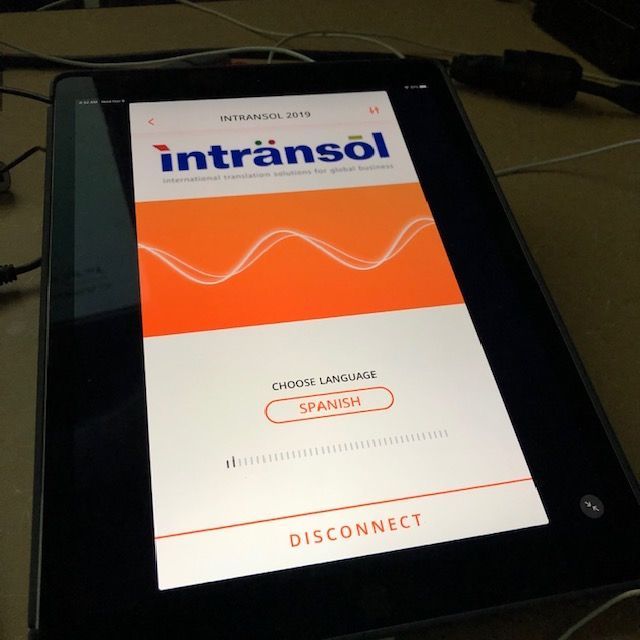

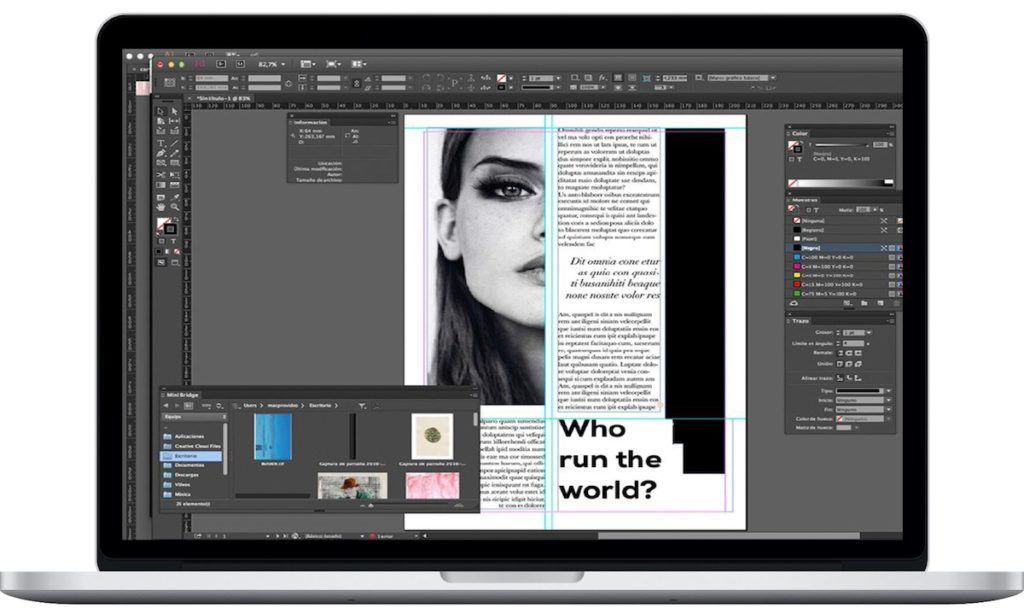
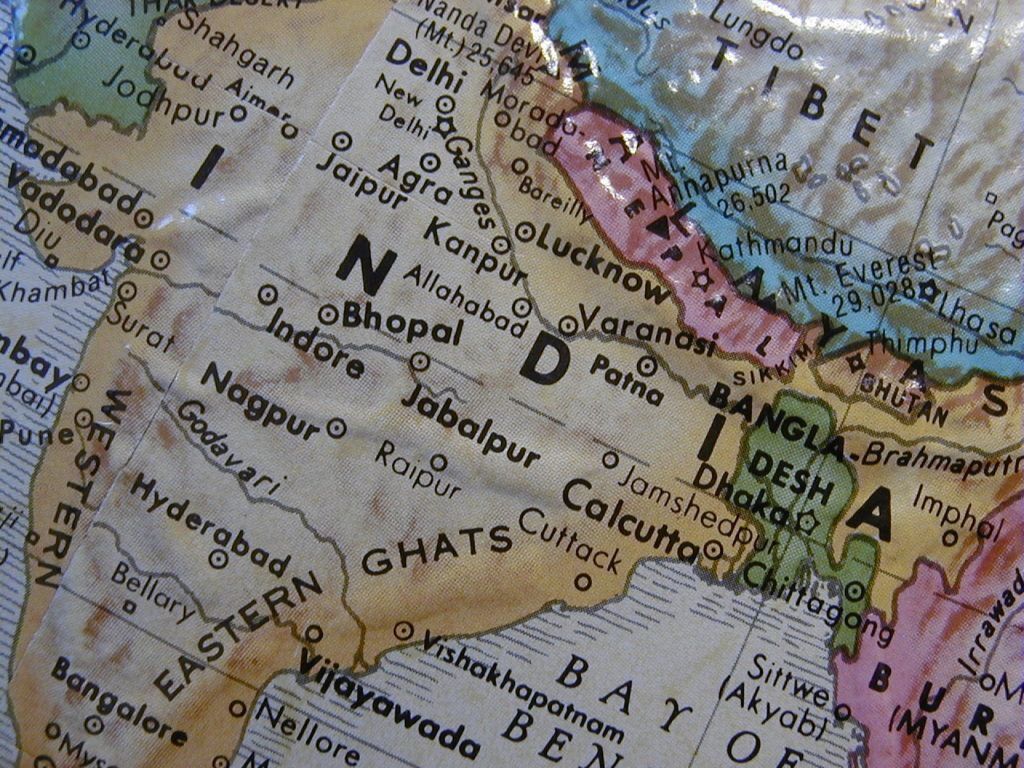

CONTACT INFORMATION
Tel: (800) 982-3750
Corporate headquarters:
225 South 6th Street
Suite 3900
Minneapolis, MN 55402-4601
